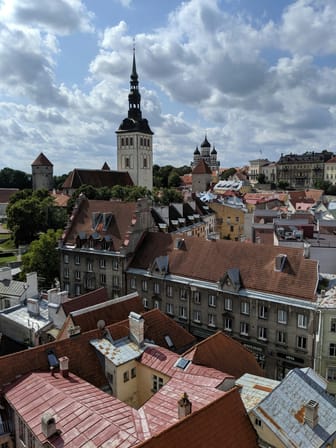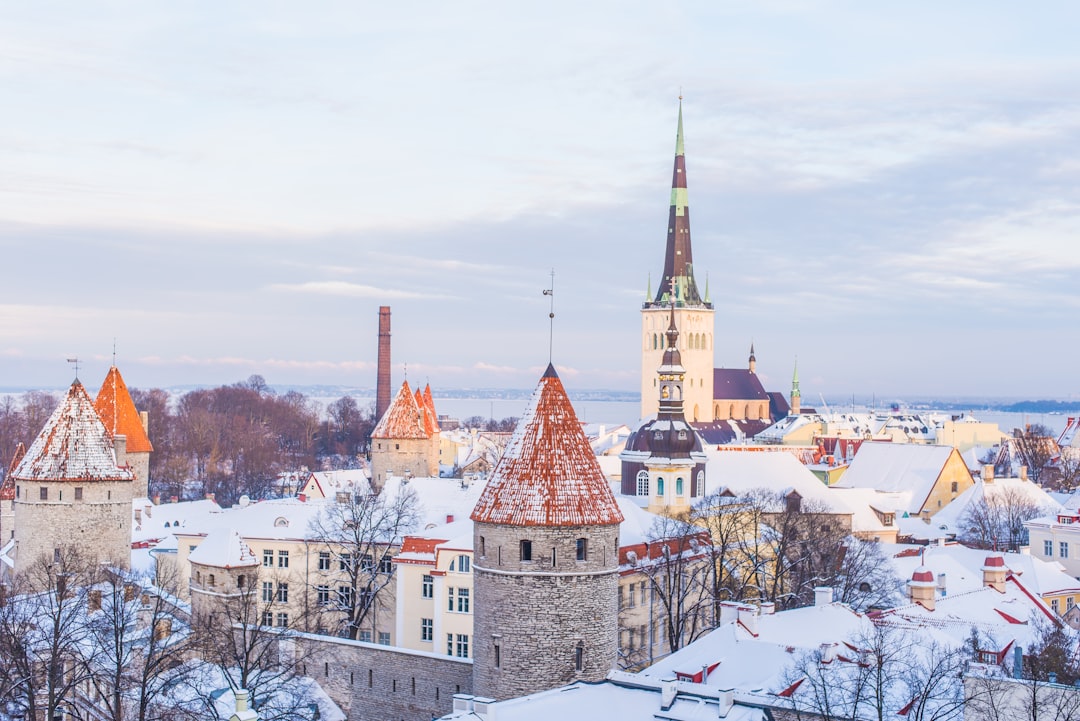Alexander Nevsky Cathedral

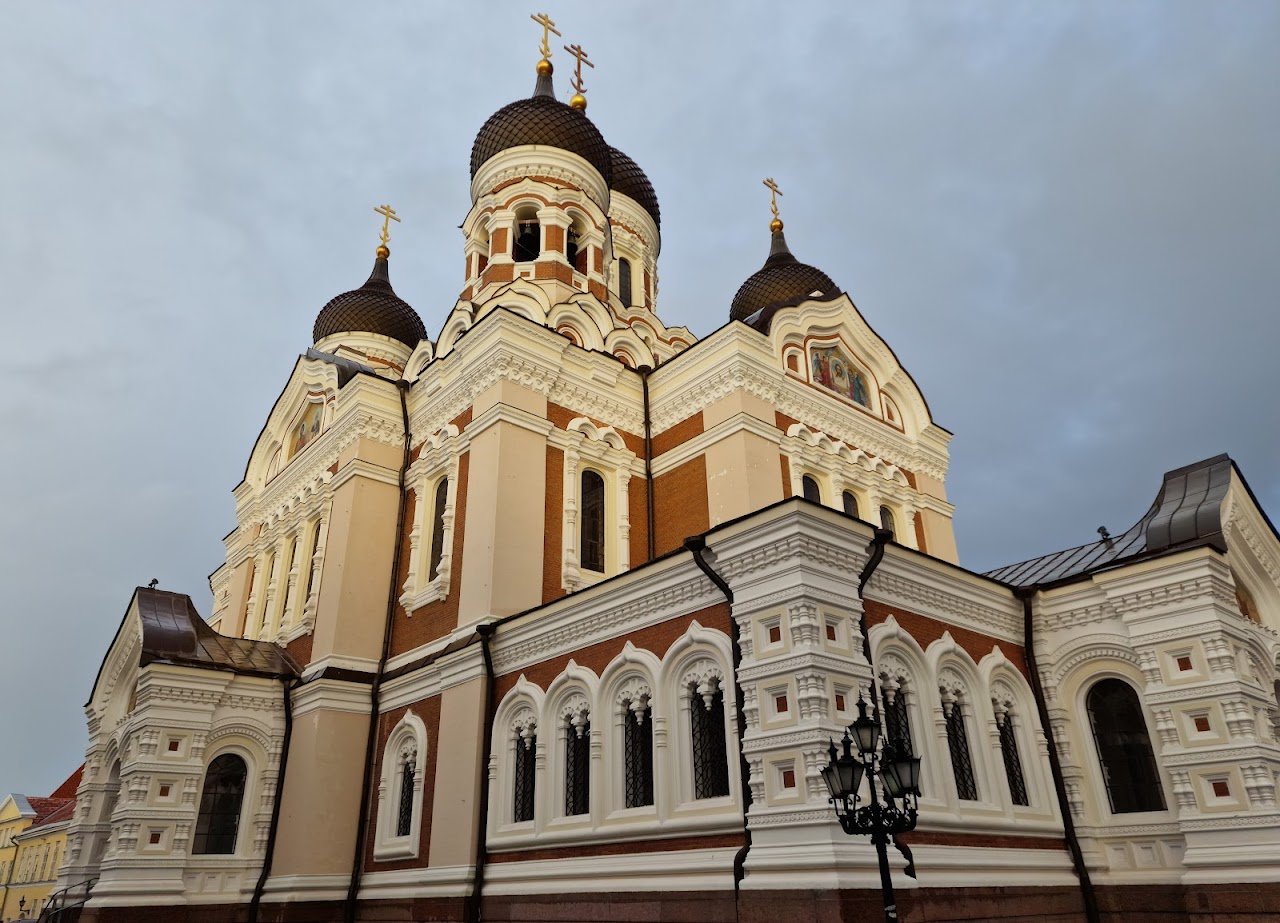
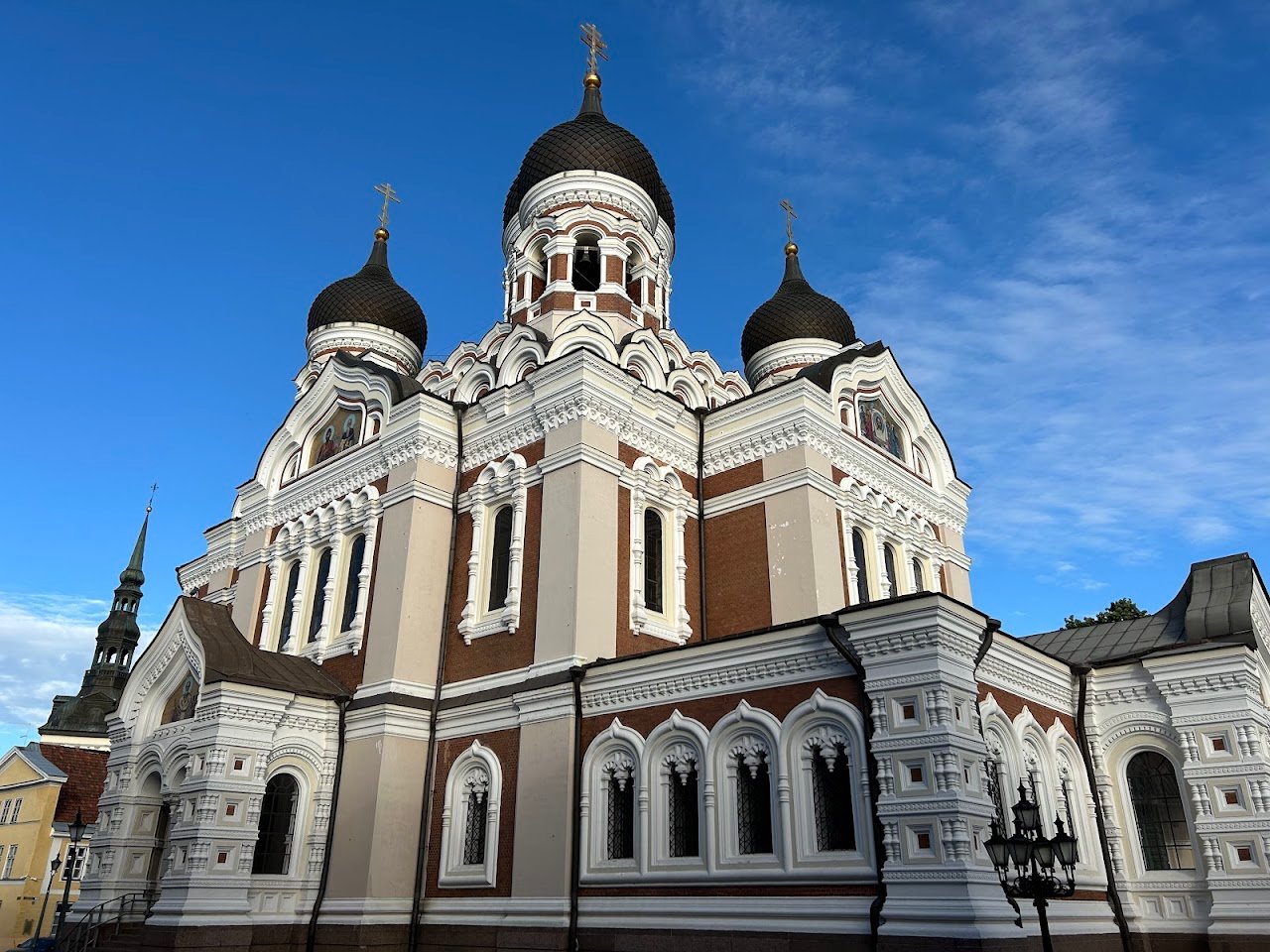
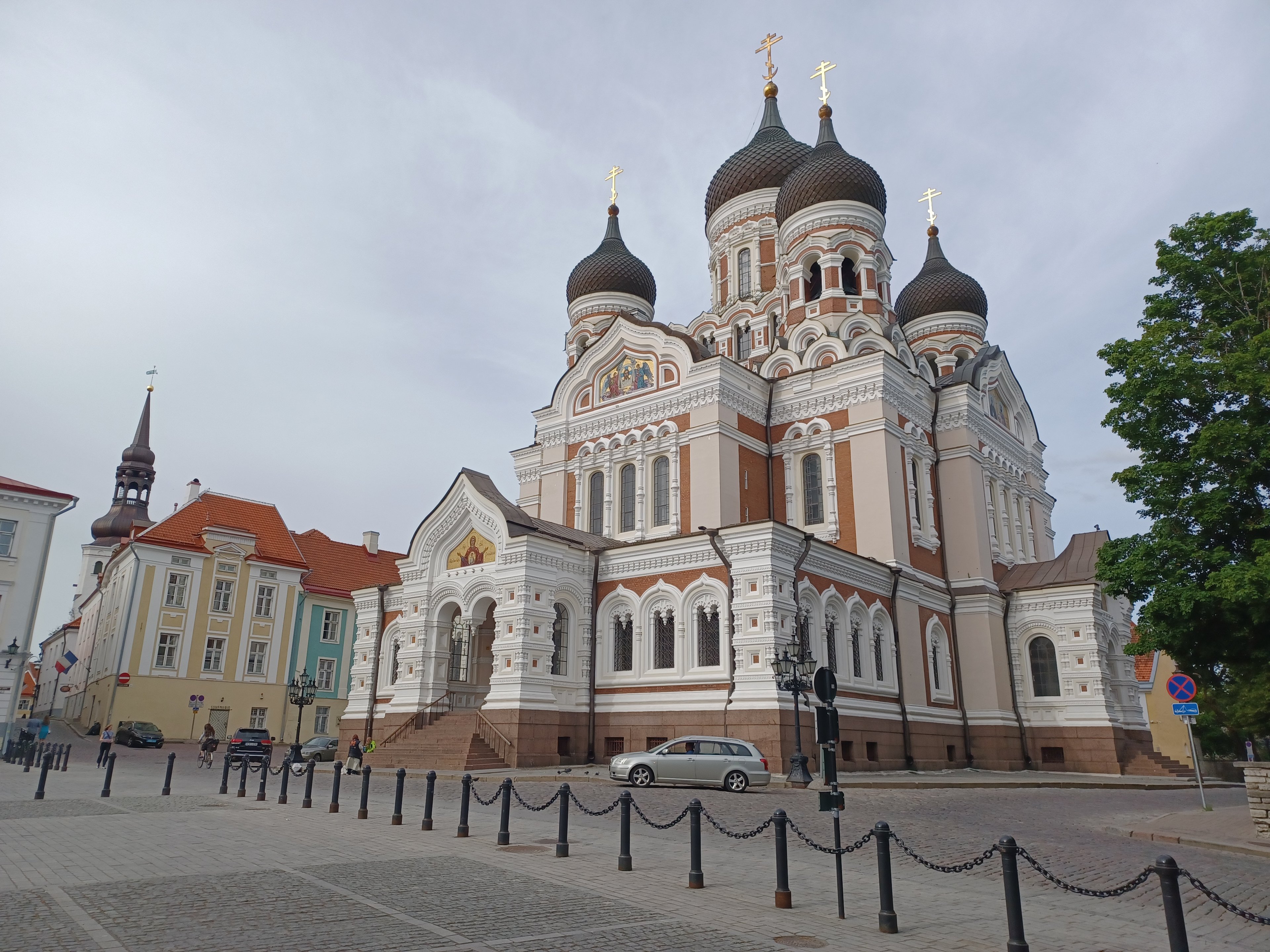
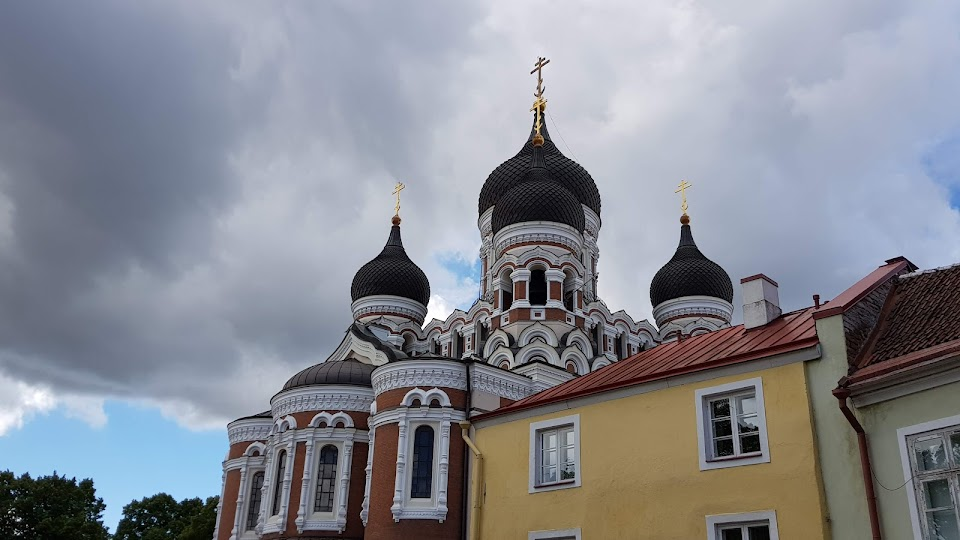
Ask ThatchGPT
Suggest a local expert to plan my trip
Suggest an unique itinerary for my Tallinn trip
What foods do Tallinn locals eat
What are some true hidden gems in Tallinn
Help me brainstorm trip ideas for Tallinn
Help me plan a family-friendly trip to Tallinn
What people say
Pedro Pereira
Available for hire
"The Alexander Nevsky Cathedral, also sometimes referred to as the Tallinn Alexander Nevsky Cathedral, is a captivating landmark that graces Tallinn, Estonia. This magnificent Eastern Orthodox cathedral boasts a rich history and grand architecture.
Construction of the cathedral took place between 1894 and 1900, a period when Estonia belonged to the Russian Empire. The architect behind this masterpiece was Mikhail Preobrazhensky, and it was dedicated to Alexander Nevsky, a revered saint in Russian Orthodoxy.
The architectural style of the Alexander Nevsky Cathedral is a prime example of Russian Revival. Several architectural elements contribute to its beauty: five onion-shaped domes, the largest of which holds the distinction of being the biggest cupola ever built for an Orthodox church. The exterior is richly decorated, featuring red-brick walls adorned with intricate details. Stepping inside, the opulent interior overwhelms the senses with mosaics, icons, and elaborate chandeliers.
The Alexander Nevsky Cathedral's location on Toompea Hill, the highest point in Tallinn's Old Town, offers stunning panoramic views of the city, making it a prominent landmark. The significance of the cathedral is multifaceted. Firstly, it's a beautiful architectural marvel and a major landmark in Tallinn. Secondly, it serves as a testament to the period of Russian rule in Estonia. Lastly, it remains a functioning church and holds importance as a place of worship for the Estonian Orthodox Christian community."
Read more in:
Elizabeth Rickert
Available for hire
"Dominating the skyline of Toompea Hill, Alexander Nevsky Cathedral is one of Tallinn’s most striking and significant landmarks. Completed in 1900, this opulent Russian Orthodox cathedral is renowned for its grand, onion-shaped domes, intricate mosaics, and elaborate neo-Byzantine architecture.
Named in honor of Saint Alexander Nevsky, a revered figure in Russian history, the cathedral's ornate interior is adorned with stunning frescoes, gilded icons, and richly decorated altars, creating a breathtaking spiritual and visual experience. The exterior, with its dark brickwork and white detailing, contrasts beautifully against the city’s skyline, making it a must-see for visitors and a cherished place of worship for locals.
Visitors to Alexander Nevsky Cathedral can marvel at its architectural splendor and experience the serene atmosphere of one of Tallinn’s most important religious sites. The cathedral is open to the public throughout the week, with regular services and special events providing additional opportunities to experience its vibrant religious life. For the latest visiting hours and event information, checking local listings or the cathedral’s official website is recommended.
Whether you’re interested in its historical significance, architectural beauty, or spiritual ambiance, Alexander Nevsky Cathedral offers a memorable and enriching experience in the heart of Tallinn."
Read more in:
Tom Isbister
Available for hire
"Designed by Mikhail Preobrazhensky, this soaring edifice was funded by public donations."
Mentioned in these guides
About Alexander Nevsky Cathedral
Get the inside scoop on Alexander Nevsky Cathedral from local experts, travel creators, and tastemakers. Browse genuine trip notes, Alexander Nevsky Cathedral reviews, photos, travel guides, and itineraries from real travelers and plan your trip with confidence.
Phone
Save this spot for later or start mapping out a new trip today
Try our AI Travel Assistant and get instant answers to any questions about your trip.
Ask ThatchGPT

